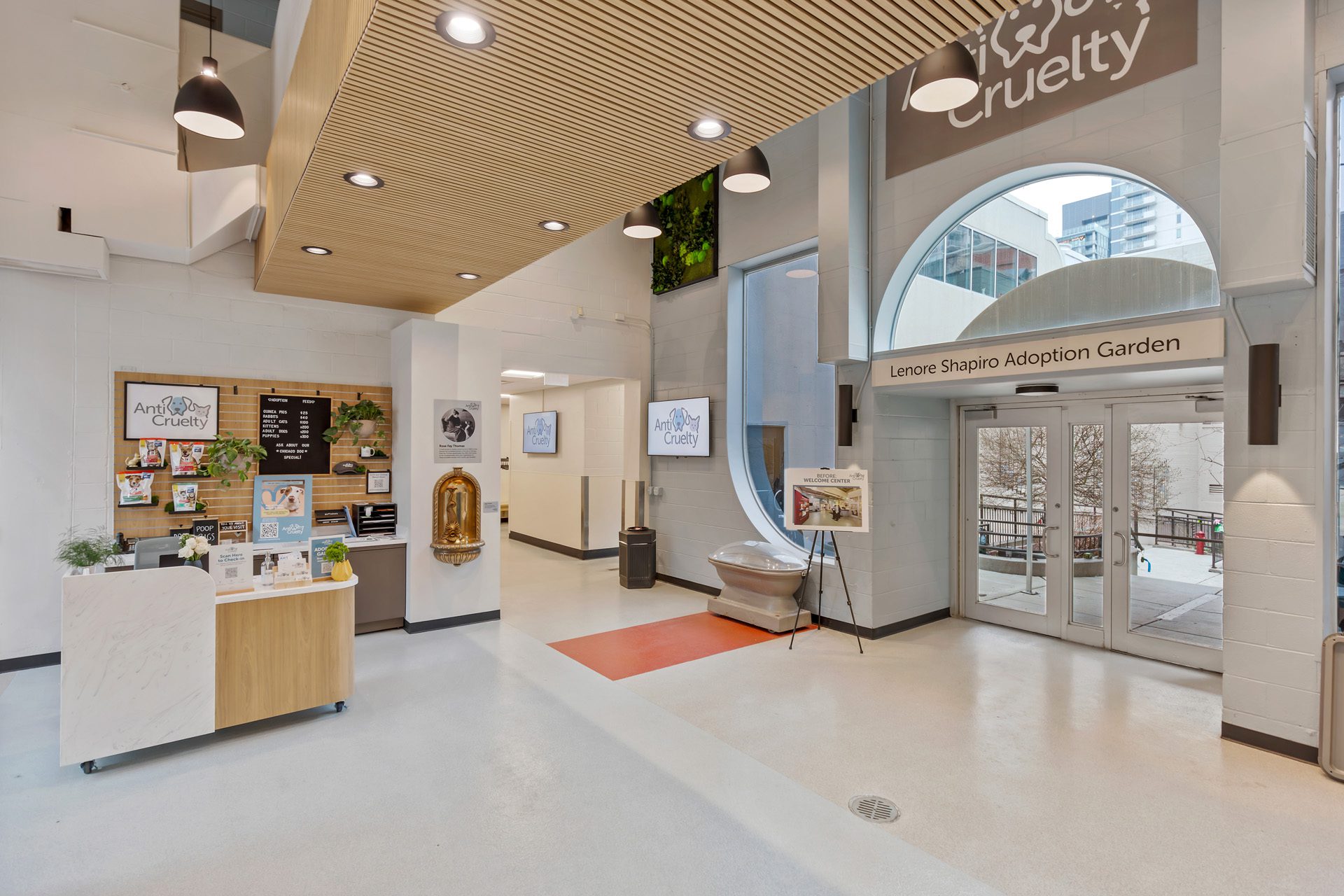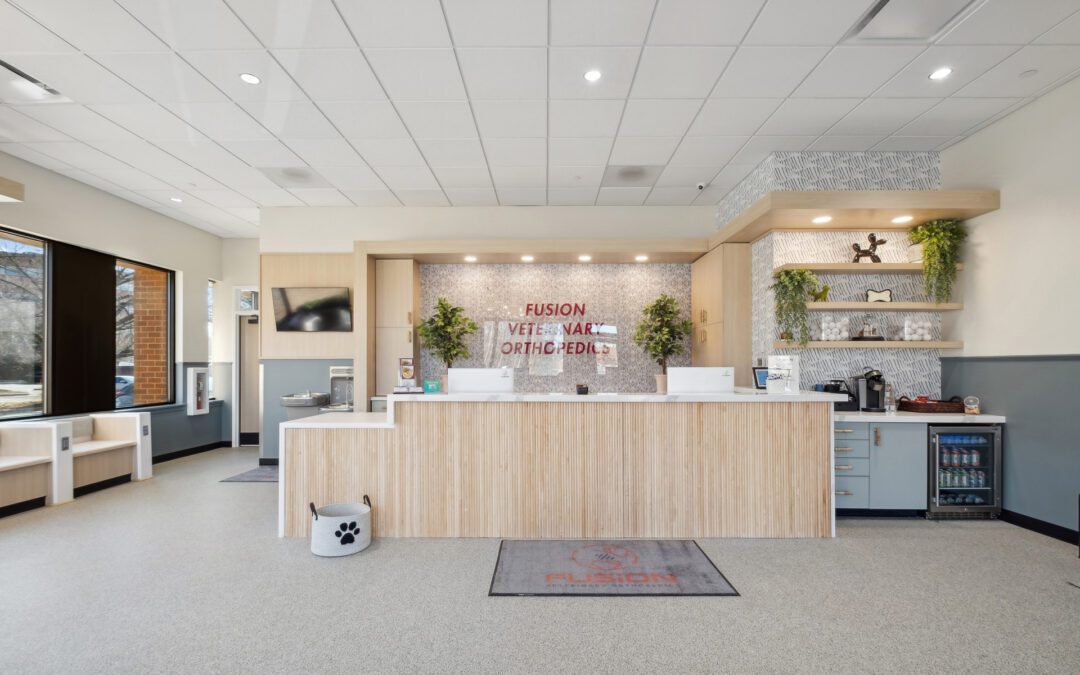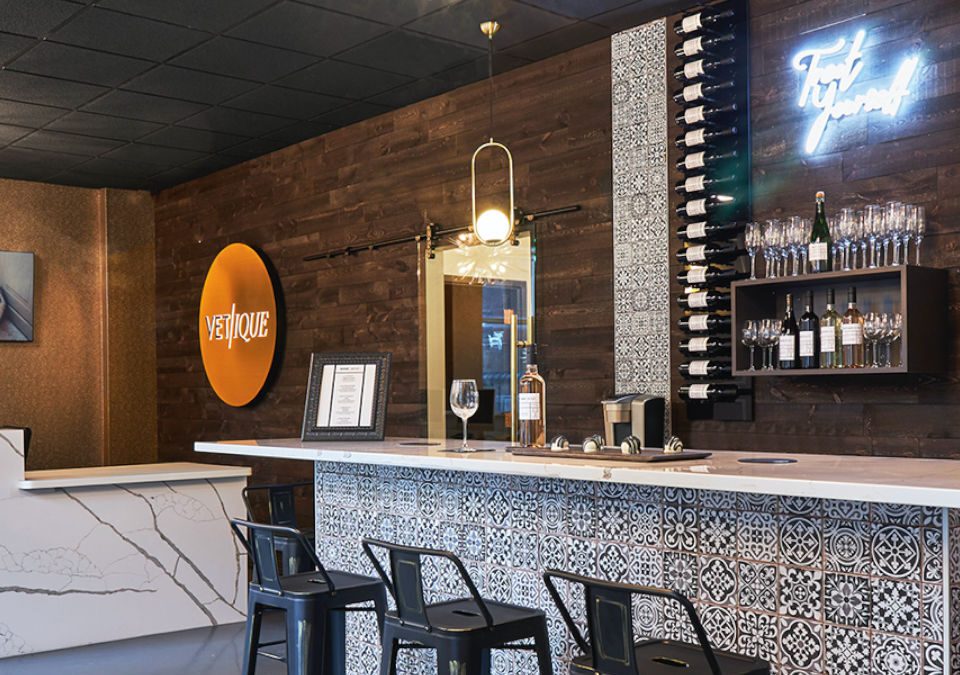Key Considerations When Designing and Constructing an Animal Shelter or Humane Society
Animal shelters and humane societies play a crucial role in communities by providing a haven for homeless pets, offering them care, love, and a chance for adoption. Designing and constructing an animal shelter involves thoughtful planning and incorporating functional and compassionate elements to ensure the well-being of the animals and facilitate their adoption process. Let’s delve into the key aspects of creating an animal shelter that serves both its inhabitants and the community.
Planning and Design:
- Purposeful Layout: The shelter’s layout should prioritize functionality, ensuring separate spaces for different animals – dogs, cats, and other small animals. Designated areas for intake, quarantine, medical care, socialization, and adoption are essential for efficient operations and animal welfare.
- Comfortable Living Spaces: Constructing animal-friendly enclosures is vital. Dog kennels should have proper insulation, bedding, and individual spaces for exercise and rest. Cat rooms can include vertical spaces, hiding spots, and cozy areas to cater to their natural behaviors.
- Hygiene and Sanitation: Designing with hygiene in mind is crucial. Incorporating proper drainage, easy-to-clean surfaces, and adequate ventilation reduces the spread of diseases and ensures a healthy environment for both animals and staff.
- Enrichment and Socialization: Creating spaces that promote animal enrichment and socialization enhances their well-being. Play areas, toys, and interaction zones facilitate mental stimulation and increase their adoptability.
Construction and Materials:
- Sustainable Practices: Using environmentally friendly materials and energy-efficient designs not only reduces the shelter’s carbon footprint but also sets an example for the community. Incorporating solar panels, rainwater harvesting, and recycled materials can make the shelter eco-friendly.
- Durability and Safety: Choosing durable materials that withstand wear and tear is essential. Additionally, ensuring the construction meets safety standards for both animals and staff is paramount.
- Community Engagement: Involving the community in the shelter’s construction can foster a sense of ownership and support. Fundraising events, volunteer opportunities, and donor recognition areas within the shelter can encourage community involvement.
Designing for Animal Behavior and Stress Reduction
Creating a shelter that promotes calm, and comfort starts with thoughtful design. Noise, lighting, scent, and visual stimuli can all influence an animal’s stress levels in a shelter environment. Incorporating animal shelter noise control through sound-absorbing materials – especially in dog areas – helps reduce barking triggers and overall anxiety. Lighting that mimics natural day/night cycles, combined with visual barriers to minimize overstimulation, supports healthier behavior.
Low-stress shelter design principles also prioritize privacy and retreat options. For cats, elevated platforms and cozy hideaways offer vertical refuge, while dogs benefit from spatial dividers and predictable routines. These features help animals feel safe and allow natural behaviors to emerge.
Scent and air quality matter as well. Well-executed shelter ventilation design improves air circulation, manages odor, and reduces scent-based stress – key elements in supporting animal health and comfort.
Environmental enrichment can be woven directly into the animal shelter layout design, with dedicated quiet zones, window views, and interactive elements enhancing stimulation and quality of life. Purposeful cat shelter room design elements and dog kennel layout ideas can give these perfect pet candidates the freedom to relax.
Kennel design for animal shelters must balance safety, cleanliness, and comfort. Smart kennel layouts reduce cross-contamination, support daily routines, and create a calming atmosphere where adoptable pets can get fresh air from a connecting outdoor space.
Modern animal shelter design is essential as it has the power to influence outcomes. For instance, animals in low-stress, engaging spaces are often more likely to show positive behaviors. This helps reduce return rates and increase adoption success. Ultimately, thoughtful shelter design for animal welfare settings benefits not only the animals but the families welcoming them home.
Applying best practices in designing animal shelters means looking beyond basic function and prioritizing the psychological and behavioral needs of the animals. When shelters align with recognized animal housing design standards, they create healthier, more humane environments.
Optimizing Layout for Staff Efficiency and Operational Flow
Every day, shelter staff work hard to provide the best care possible – thoughtful design can make that work easier and more efficient. Efficient layouts reduce physical strain and support smooth daily operations. Clear animal shelter architecture includes zoned areas for intake, medical, housing, and adoption – minimizing backtracking and streamlining animal care.
Centrally located resources like laundry, janitorial supply, and food prep areas near high-traffic zones save time and reduce redundant movement. Incorporating views into animal spaces from offices or common areas improves staff awareness and response time.
Modular and scalable infrastructure allows the shelter to flex with seasonal demands or intake surges. Planning for adaptable space during the animal care facility design and construction phase enables growth without major disruption.
Future-ready facilities leave room for technology integration, from HVAC monitoring to digital check-ins. These upgrades improve care and align with modern sheltering practices.
Enhancing the Visitor and Adoption Experience Through Design
Design shapes the emotional experience of visitors and adopters. A welcoming lobby, natural lighting, and soft finishes reflect a compassionate mission. Wayfinding elements – signs, color-coded areas, and intuitive design – guide guests through the space with ease.
Dedicated rooms for adopters to connect with animals encourage bonding in a controlled setting. These enrichment spaces often include cozy seating, toys, and access to outdoor yards to facilitate genuine interaction.
Reducing barriers to connection, like institutional aesthetics or loud, chaotic environments, fosters trust. A calm, clearly organized layout supports a more thoughtful decision-making process.
Design that prioritizes the visitor experience makes the shelter feel less like a holding facility and more like a place of new beginnings. From layout to lighting, every detail plays a part in helping animals find their future families.
Designing and constructing an animal shelter goes beyond erecting a physical structure; it’s about creating a compassionate environment that nurtures and cares for homeless animals. By focusing on functionality, animal well-being, sustainability, and community involvement, an animal shelter becomes a beacon of hope, offering a second chance at a loving home for these animals.
Remember, the success of an animal shelter lies not only in its design and construction but also in the ongoing commitment to providing care, support, and opportunities for these beloved creatures.
Schedule your complimentary consultation with one of our experts today!



